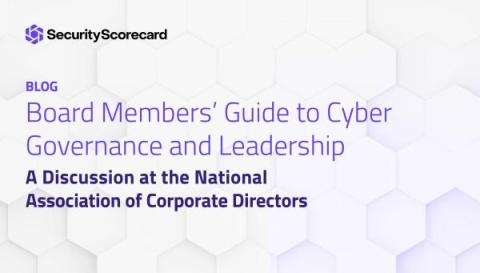Why every security team needs to be prepared for the unexpected
The traditional enterprise risk model is a thing of the past. Cybersecurity risk cascades into almost every part of an organization, triggering legal fallout, technology risk, compliance issues, and more. Bottom line, third-party cyber risk is a material business risk. A recent report found that 80% of organizations experienced at least one data breach caused by a third party last year.











